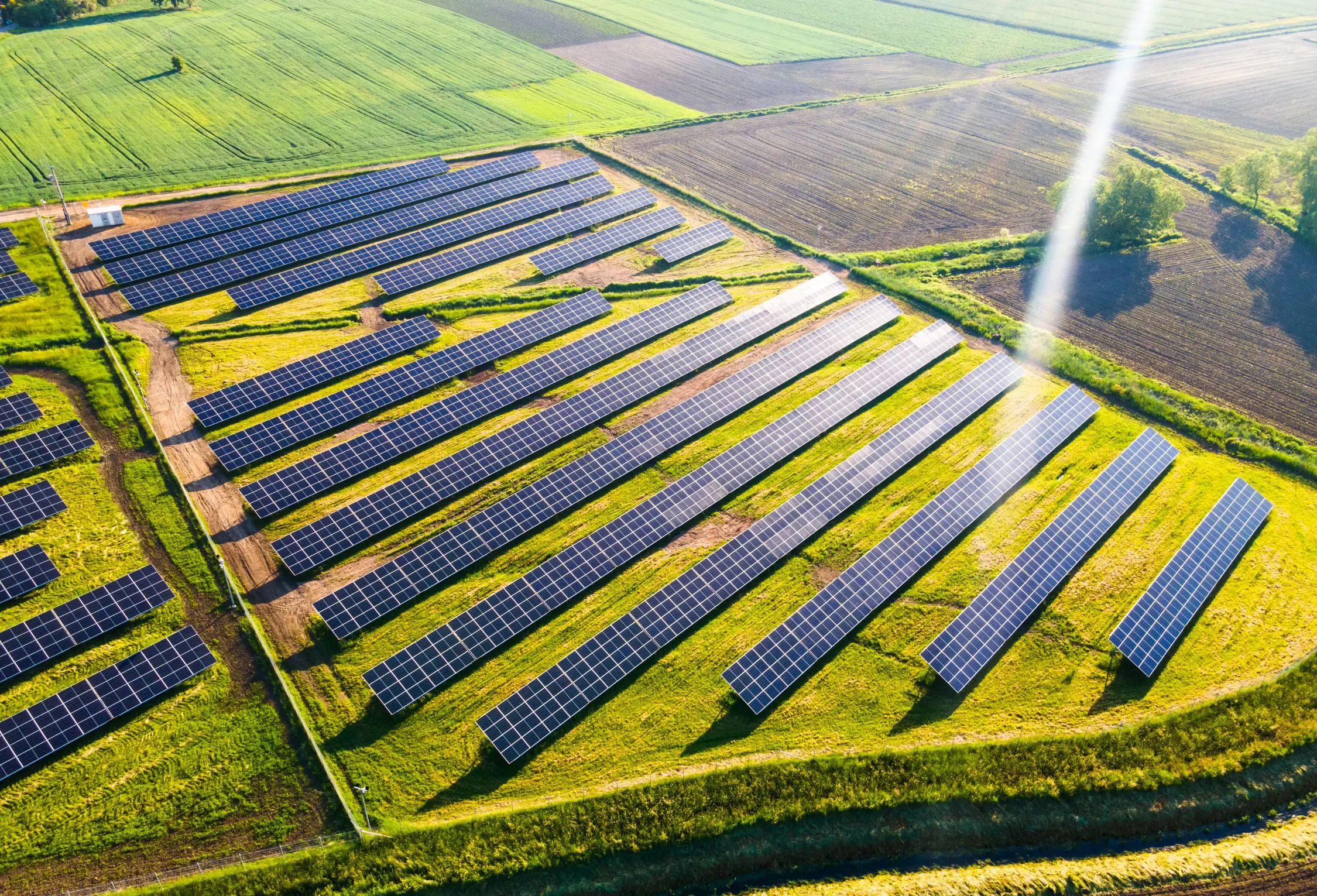Across the United Arab Emirates, a sustainability initiative has taken the spotlight. The Geographical Survey Project for renewable energy sites has been groundbreaking so far.
At its core, the main objective of this initiative is to identify suitable locations to develop solar and wind power plants. These actions are aimed considering the larger picture of utilizing renewable energy.
Evidently, experts have found a wealth of resources that are highly promising for this initiative. They would go on to contribute to the nation’s renewable energy goals and minimize the environmental impacts.
The UAE has recognized the importance of switching to renewable sources of energy, thereby, creating actionable targets that focus on clean energy.
The core objective is to mitigate the environmental impact of the more conventional energy sources and enhance energy security to eventually position itself as a leader in sustainability, globally.
Key Criteria
The site selection criteria and evaluation process are rigorous and comprehensive, taking into account various factors that influence the feasibility and sustainability of renewable energy projects.
Some of the key criteria considered include:
- Resource potential mapping
- Land suitability mapping
- Environmental impact assessment
- Socio-economic considerations
- Grid integration and infrastructure planning
The site selection process involves a multi-criteria decision analysis, where various factors are weighted and scored based on their relative importance and project-specific requirements. This systematic approach ensures that the most suitable sites are identified, taking into account technical, economic, environmental, and social considerations.
Key Findings and Recommendations at the Geographical Survey Project
Identification of Suitable Renewable Energy Sites
One of the primary objectives of the Geographical Survey Project was to pinpoint areas with high renewable energy potential, taking into account factors such as solar irradiation levels, wind speed and direction patterns, topography, and land availability.
The project team employed advanced geographic information systems (GIS) and resource potential mapping tools to analyze these parameters comprehensively.
The findings revealed that several regions in the UAE, particularly in the western and southern parts of the country, possess excellent conditions for large-scale solar power plants.
Environmental and Socio-economic Considerations at the Geographical Survey Project
While identifying suitable renewable energy sites, the Geographical Survey Project also took into account potential environmental and socio-economic impacts.
Through environmental impact assessments and land suitability mapping, the team evaluated factors such as biodiversity, water resources, cultural heritage sites, and proximity to residential areas.
The project recommended implementing mitigation measures, such as wildlife corridors, water conservation strategies, and community engagement programs, to address these concerns.
Grid Integration and Infrastructure Planning
The team conducted feasibility studies and grid integration studies to evaluate the existing transmission and distribution networks and identify potential bottlenecks or capacity constraints.
The findings highlighted the need for strategic infrastructure planning and investments to accommodate the influx of renewable energy generation.
Regulatory Compliance and Permitting with the Geographical Survey Project
Compliance with environmental regulations, land use policies, and energy sector guidelines is crucial to ensure the projects are executed in a responsible and sustainable manner.
Obtaining permits involves a rigorous process of submitting detailed project proposals, environmental impact assessments, and feasibility studies to regulatory bodies.
Community Outreach and Public Consultation
Engaging with local communities and stakeholders is an essential aspect of the Geographical Survey Project.
Through public consultations, town hall meetings, and community outreach programs, the project team has provided transparent information about the potential impacts, benefits, and mitigation measures associated with the development of renewable energy facilities.
Risk Assessment and Mitigation Strategies with the Geographical Survey Project
Comprehensive risk assessments have been conducted to identify potential risks associated with the construction and operation of renewable energy projects, such as environmental risks, social risks, technical risks, and financial risks.
The Geographical Survey Project has developed robust mitigation strategies to address these risks proactively.
Environmental risks, such as habitat disturbance, water usage, and noise pollution, have been carefully evaluated, and appropriate measures have been implemented to minimize their impact.
Closing Thoughts
For the UAE, The Geographical Survey Project, as an initiative, represents a significant step towards change. Identifying locations for renewable energy sources like solar power plants, wind farms and other energy projects, the initiative is building a foundation on which to work on.
Research and development should undoubtedly be encouraged. New technology and innovative solutions must be explored so efficiency can be enhanced, costs can be reduced and renewable energy can be integrated with better ease.
Impactful measures like creating collaborations and partnerships between public and private sectors and creating valuable knowledge sharing platforms, are setting up the UAE to become a leader in clean energy solutions.





